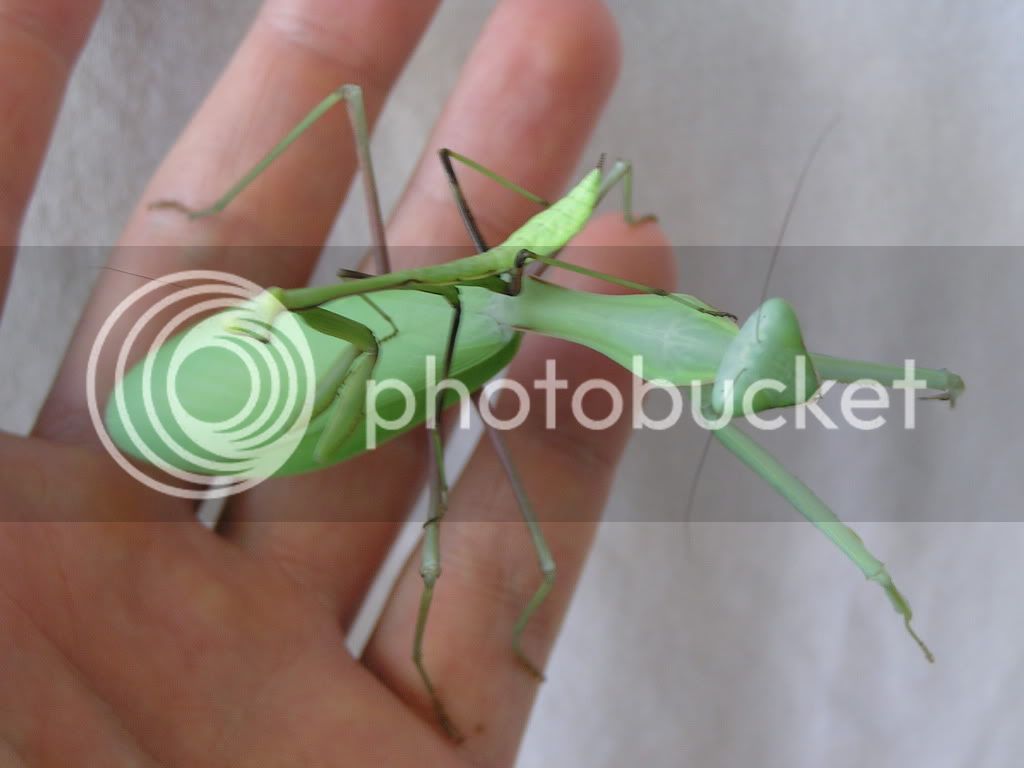MantidLord
Well-known member
I've been raising 20 I. oratoria nymphs for some time now. I collected them all as L1s in the same location (probably collected the whole ooth) within days of each other. After putting them in their separate jars, I began feeding them aphids and later fruit flies. All of their conditions were the same, and they were being fed the same time period. Even molting the same time frame (within days of each other).
Suddenly, their molting intervals starting spacing apart. Now I find myself with a subadult female as the largest of the group. And a mantis the size of an L4. I've lost count on their molts so surely it can't be an L4, but it's extremely smaller than what it should be. It can't even take on crickets the way the subadult (obviously) can. And in between those two, there is a whole array of mantids at different sizes and stages of development is. So I think you can see my question here.
Is this sudden difference in development normal? I've read that it can be due to difference in nutrition, but they were all fed on the same thing the same time until they started molting/not molting. I'm not concerned about breeding them because I know that they can live until others reach adulthood. I'm just curious as to how a large group of mantids start off at the same stage, yet end up vastly different.
Suddenly, their molting intervals starting spacing apart. Now I find myself with a subadult female as the largest of the group. And a mantis the size of an L4. I've lost count on their molts so surely it can't be an L4, but it's extremely smaller than what it should be. It can't even take on crickets the way the subadult (obviously) can. And in between those two, there is a whole array of mantids at different sizes and stages of development is. So I think you can see my question here.
Is this sudden difference in development normal? I've read that it can be due to difference in nutrition, but they were all fed on the same thing the same time until they started molting/not molting. I'm not concerned about breeding them because I know that they can live until others reach adulthood. I'm just curious as to how a large group of mantids start off at the same stage, yet end up vastly different.




